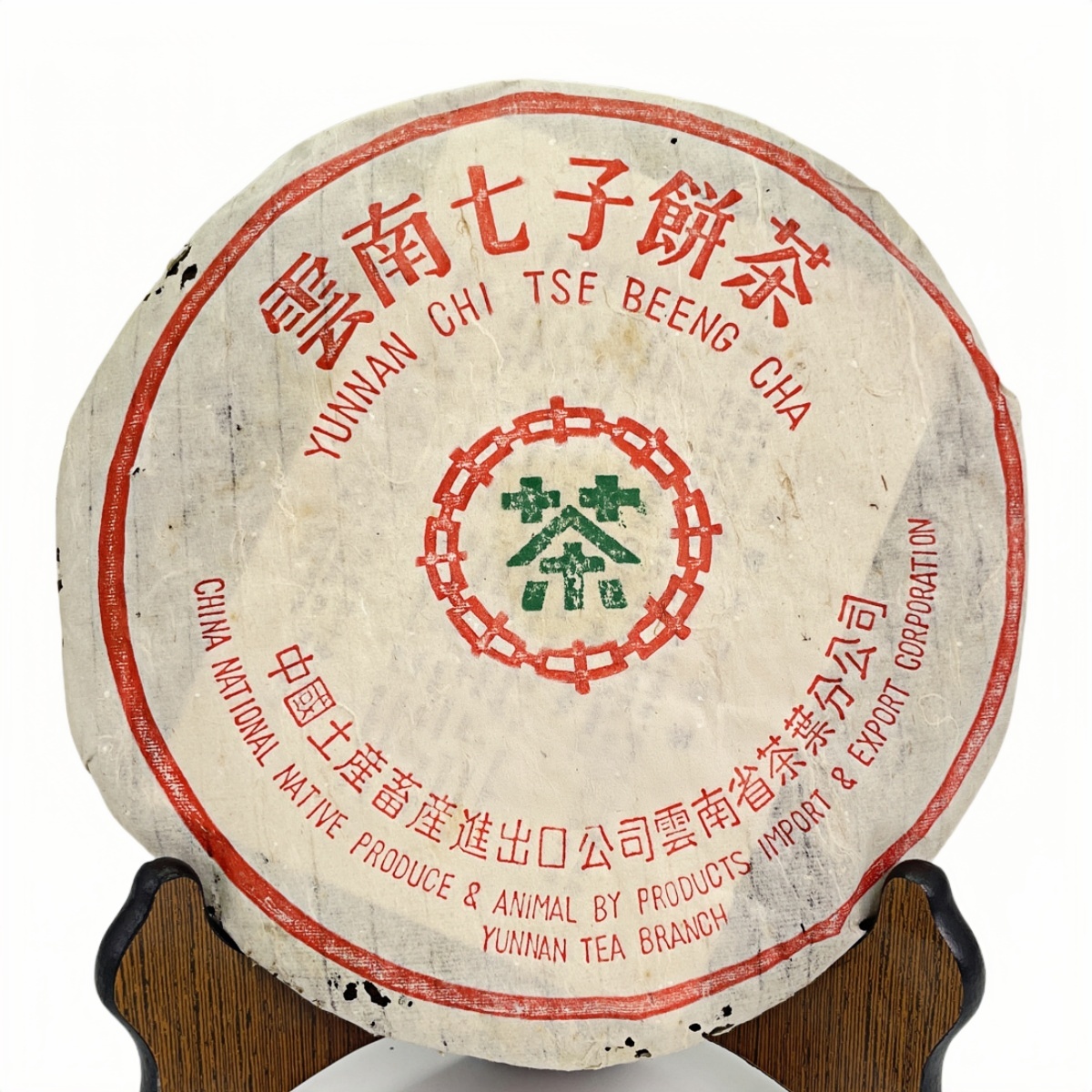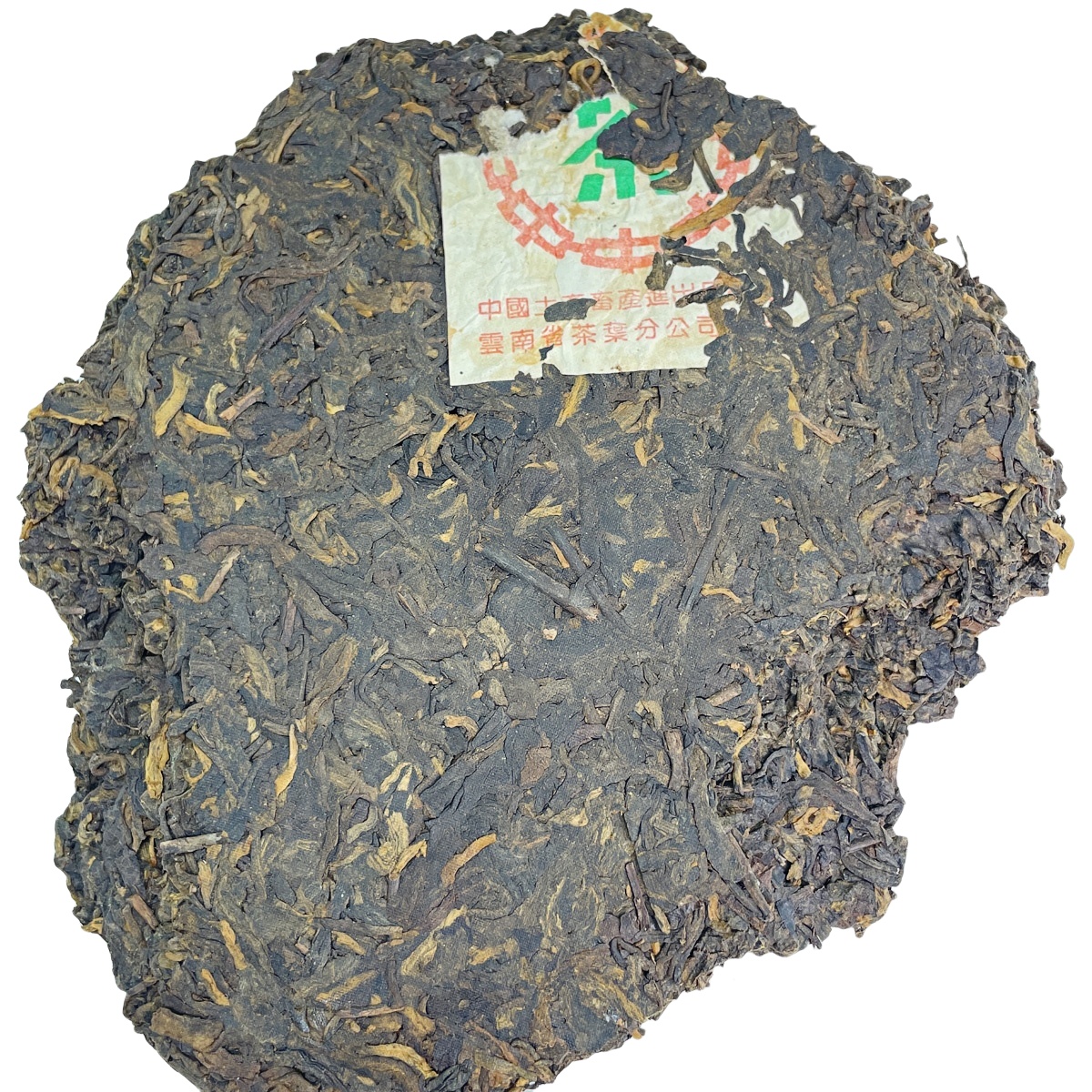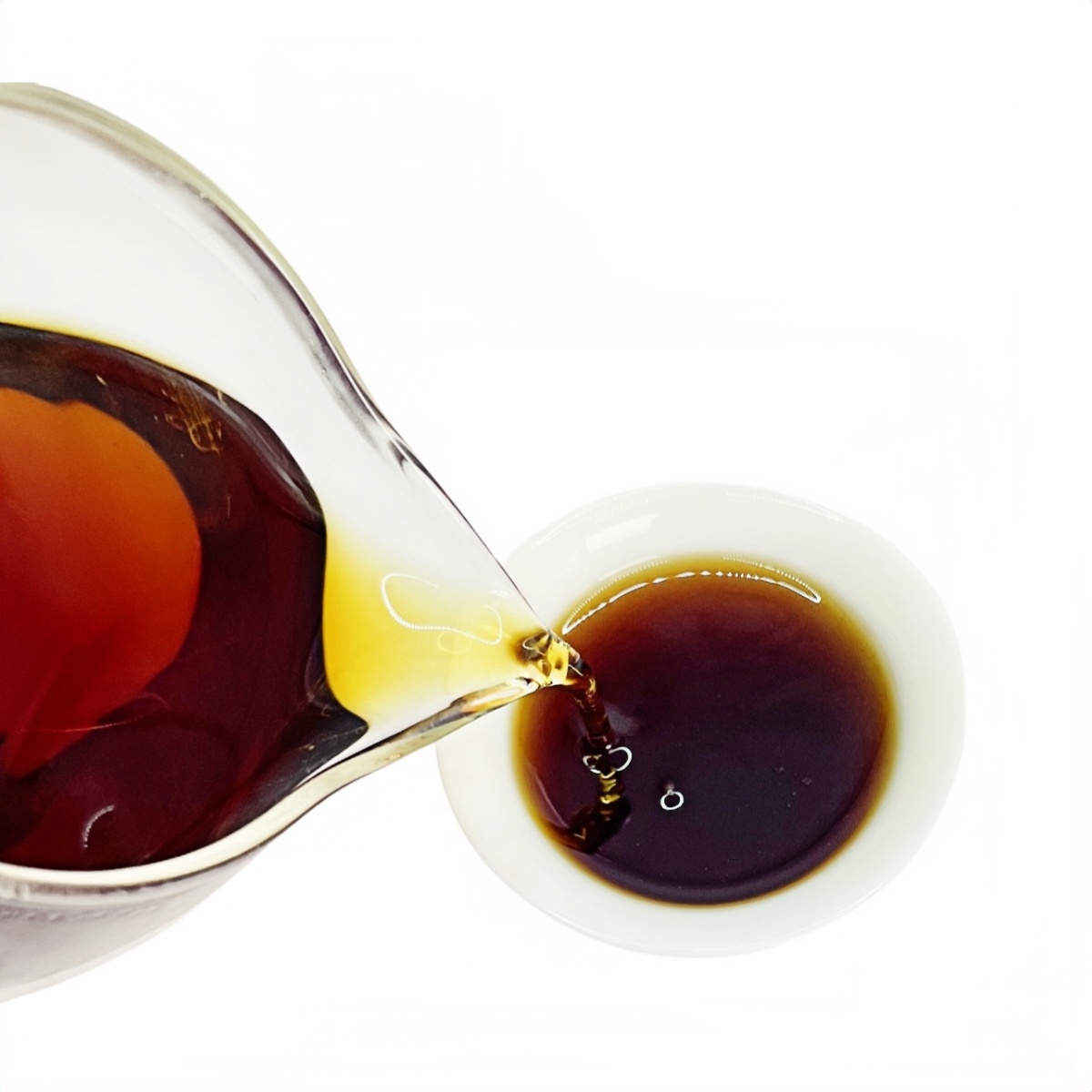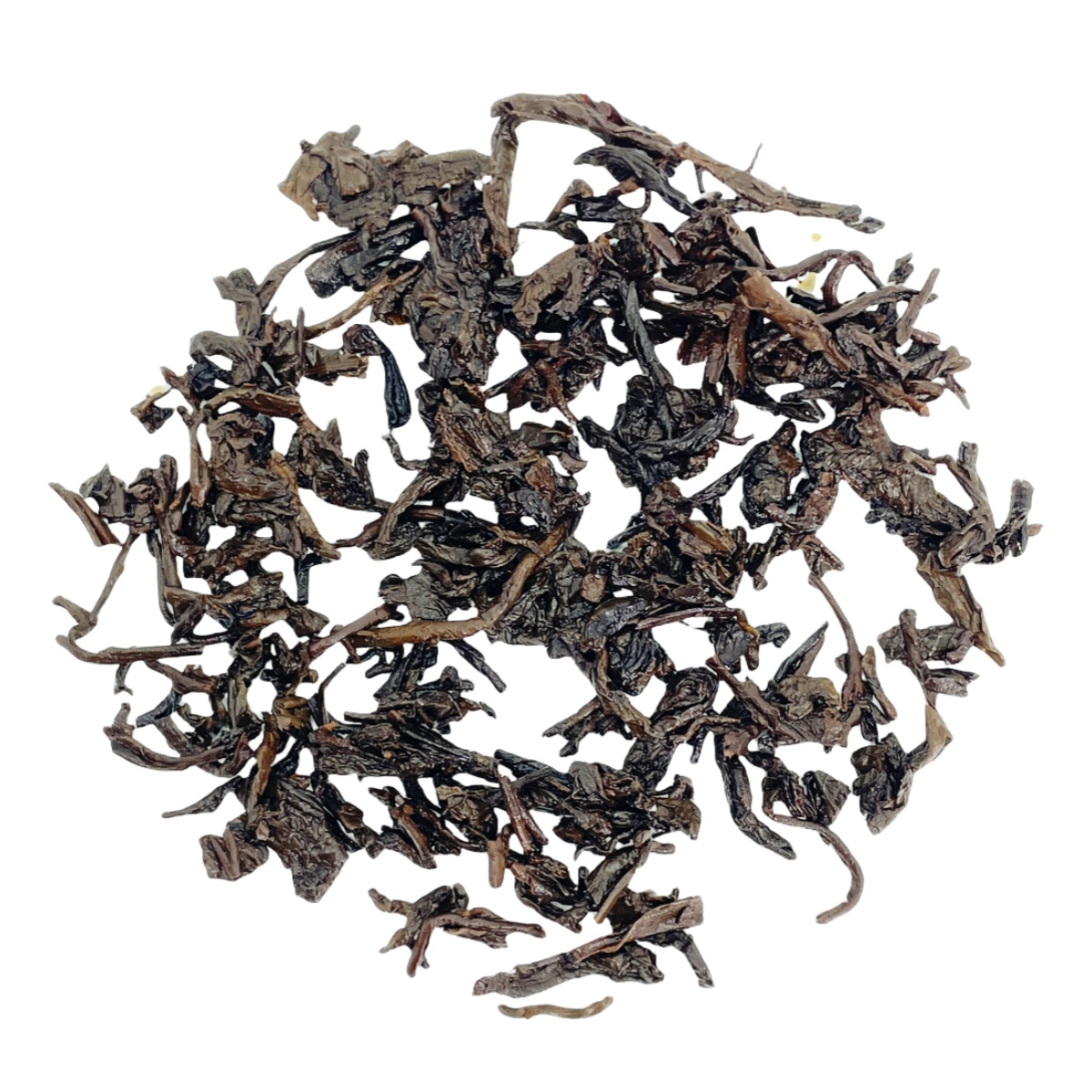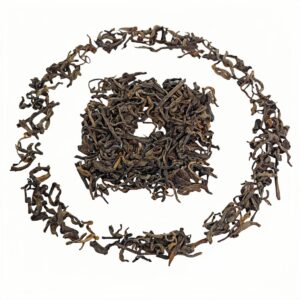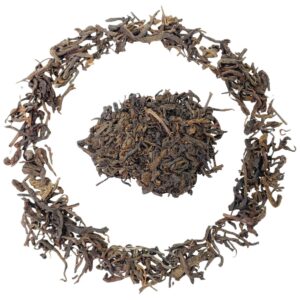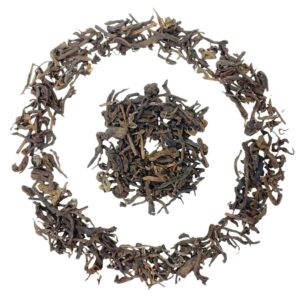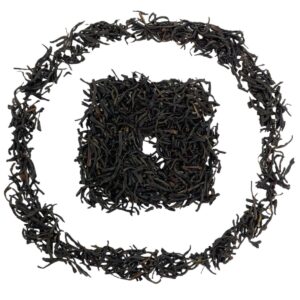Description
Pu’er Tea: An Indispensable Part of China’s 5,000-Year Cultural History
The history of Pu’er tea dates back to the Eastern Han Dynasty (25-220 AD), when ancient inhabitants of Yunnan began harvesting wild tea leaves.
During the Tang, Song, and Yuan dynasties, Pu’er tea became a vital medium for frontier governance through the “Tea-Horse Trade” with Tibet and other regions. In the Yuan Dynasty, Mongolians introduced Pu’er tea to Russia, marking the start of its international journey.
By the Yongzheng era (1729) of the Qing Dynasty, imperial tribute tea fields were established, elevating Pu’er tea to royal tribute status and its golden age. The Qianlong-era plaque “Tribute to the Heavenly Dynasty” affirmed its prestige, while the Tea Horse Road trade flourished, exporting it to Tibet, Southeast Asia, and Europe.
Pu’er tea’s post-fermentation特性 grants it the “more aged, more fragrant” quality. Qing royalty regarded it as “drinkable antique,” and today it symbolizes both consumption and collectible value.
Traditional Chinese medicine credits Pu’er with “aiding digestion and cutting greasiness,” while modern studies confirm its lipid-lowering and antioxidant effects. This health legacy secures its unique role in contemporary tea culture.
The craftsmanship of Pu’er (tribute tea) is a National Intangible Cultural Heritage. In 2022, UNESCO inscribed it on its Representative List of the Intangible Cultural Heritage of Humanity.
“6533” was the product code designated by Xiaguan Tea Factory for fulfilling export orders from China Tea Native Produce & Animal By-products Import & Export Corporation. This special blend was tailored to meet the taste preferences of international clients.
Light Fermentation Process:
Based on the traditional 45-day fermentation period for ripe Pu’er, this tea undergoes a shortened fermentation process (50-60% completion). The resulting tea features:
- Leaf Characteristics: Brown-colored, resilient brewed leaves
- Flavor Profile: The signature mellow, smooth, and sweet notes of ripe Pu’er with a deep red liquor
- Unique Advantage: Retains the huigan (lingering sweetness) and saliva-inducing qualities typically found in raw Pu’er
This tea cake exhibits a rich, oily reddish-brown hue, traditionally hand-pressed with stone molds. After twenty-seven years of aging, the tea leaves have turned reddish, developing a glossy surface on the cake. The liquor displays a bright, wine-red translucency, exuding an intoxicating aroma of caramel and sweet woody notes, with a profound and complex character.
On the palate, the tea offers a smooth, velvety texture—sweet, clean, and refreshing—with pronounced lingering sweetness and a full-bodied richness. The brewed leaves are thick, tender, and pliable, unfolding with vibrant elasticity. They showcase an even reddish-brown color, high luster, and a resilient yet lubricious texture, radiating moisture and vitality.

Pu’er Tea Brewing Method:
Water Temperature: Use 100°C boiling water, preferably mountain spring water.
Teaware: White porcelain gaiwan/purple clay teapot/Nixing pottery (recommended), fairness cup, and tasting cup.
Tea Quantity: 7-10 grams (adjust according to personal taste preference).
Rinsing: Quickly pour boiling water to fill, then pour out within 5 seconds (rinse 1-2 times).
Brewing: For the first 3 infusions, steep for 5 seconds after adding water, then increase steeping time by 5 seconds for each subsequent infusion. Can be brewed over 15 times.
Awakening: Aged tea requires awakening to remove storage odors. Place the tea leaves on a tea tray and let rest for 30 minutes before brewing for better flavor.


